
Pest Control
Solving your pest control problem doesn't have to be costly and stressful. We offer a massive range of professional-quality pest control methods to get rid of bed bugs, rodents, cluster flies and more - all at affordable prices to suit your budget.
-
Crawling Insects
-
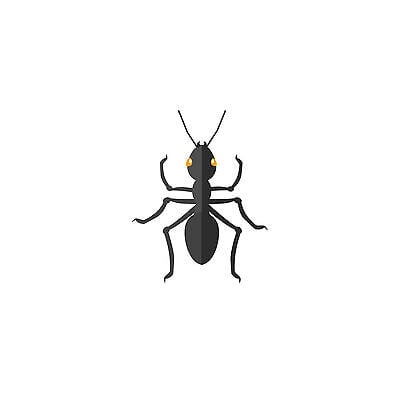 Ants
Ants
-
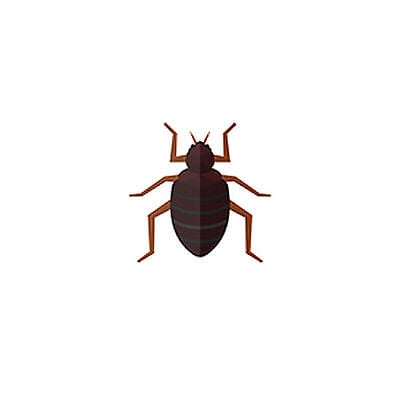 Bed Bugs
Bed Bugs
-
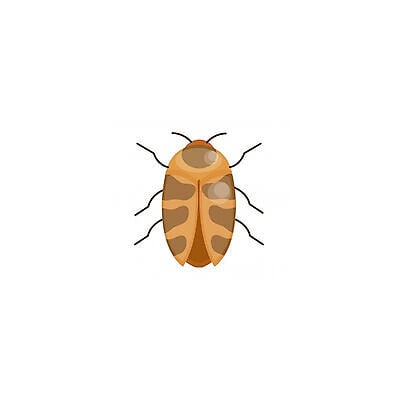 Carpet Beetle
Carpet Beetle
-
 Fleas
Fleas
-
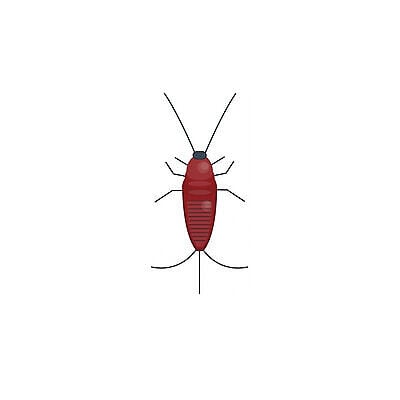 Silverfish
Silverfish
-
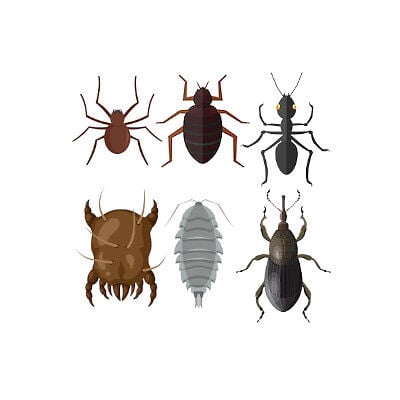 Other Crawling Insects
Other Crawling Insects
-
Flying Insects
-
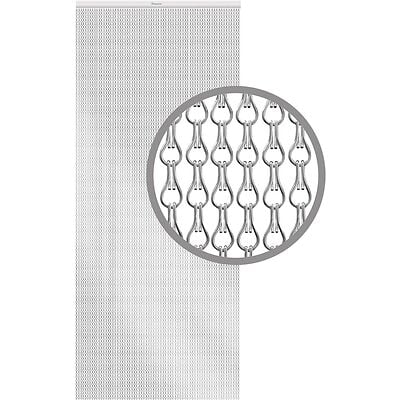 Chain Curtain Fly Screens
Chain Curtain Fly Screens
-
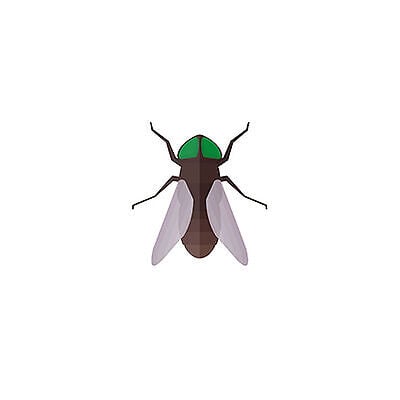 Cluster Flies
Cluster Flies
-
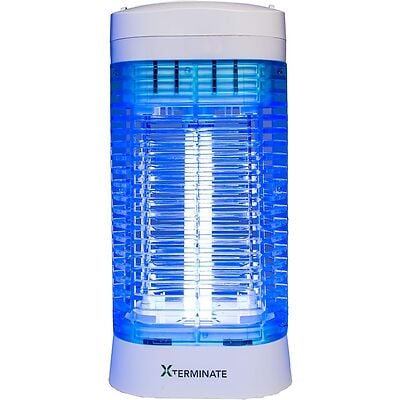 Electric Fly Killers
Electric Fly Killers
-
 Moths
Moths
-
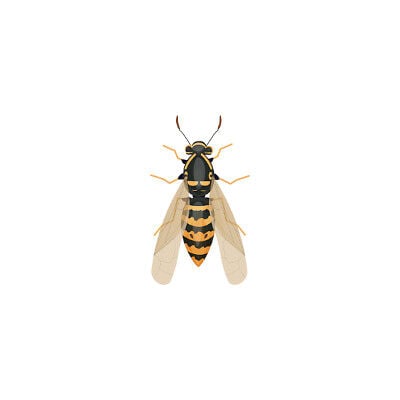 Wasps
Wasps
-
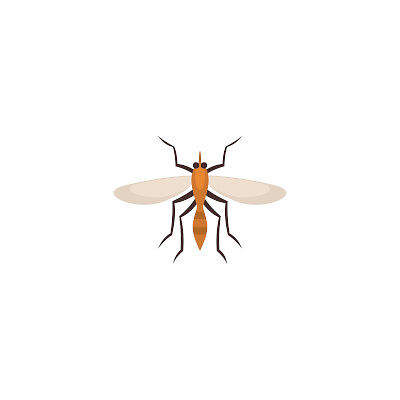 Mosquitoes
Mosquitoes
-
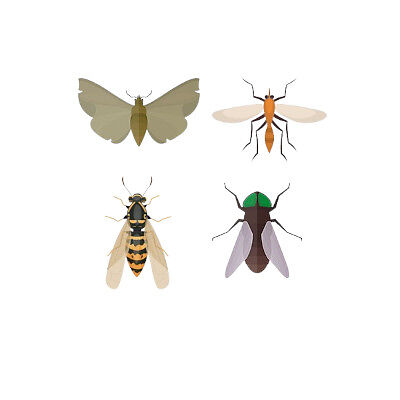 Other Flying Insects
Other Flying Insects
-
 White, Black And Green Fly Killer
White, Black And Green Fly Killer
-
Mammals & Birds
-
 Bird Control
Bird Control
-
 Cat & Dog Repellent
Cat & Dog Repellent
-
Brands
-
 Xterminate Pest Control
Xterminate Pest Control
Nobody should have to put up with pests in the modern age. That’s why we stock one of the largest ranges of pest control products in Europe! Our range covers everything from bedbug killers to humane rat traps, so if you’ve got a pest problem, you can find the best solution to it here.
What’s Your Pest Problem?
If you suspect you have a pest problem in your home or workplace, read our pest control buyer’s guide below. We’ll walk through the symptoms of the most common pest infestations in the UK and tell you what you can do to get rid of them.
Flies
 Everyone has been bothered by flies at one point or another. These disease-ridden insects have been around for millions of years, and are so common that they live in every corner of the globe except for Antarctica. Flies thrive in dirty environments, meaning they bring bacteria, disease, and decay with them wherever they go.
Everyone has been bothered by flies at one point or another. These disease-ridden insects have been around for millions of years, and are so common that they live in every corner of the globe except for Antarctica. Flies thrive in dirty environments, meaning they bring bacteria, disease, and decay with them wherever they go.
The hygiene risk posed by flies can’t be understated. They’re drawn to piles of rubbish and animal droppings as they provide both a food source and a breeding ground. Even if you regularly empty your bins and keep the area around your home or workplace clean, these pests are so common that you’ll still have to deal with swarms of flies all year round no matter where you are!
Electric Fly Killers – How Do They Work?
Everyone should have some form of fly killer, both at work and at home. Electric fly killers are by far the most popular pest control items we stock, and they come in two main varieties; the basic zappers and glueboard models. Both of these types are very effective, but there are a few key differences between them which we’ll go into later.
Before we go into the differences between the models, it’s important to understand how they both work as it’ll help you decide which one you need for your building. It’ll also help you position it properly so you can get the most out of whatever fly killer you use!
Both of them work using UV (ultra-violet) light to lure flies in. Flies are really sensitive to it (although it’s invisible to us – more on why this matters later), and will be drawn to sources of UV light without fail. Why is it important to know all this? Well, it’s important to bear in mind when you’re placing your unit in your room. You need to ensure the UV rays from the bulbs spread across as much of the room as possible, so it’s no good hiding a fly killer away in the corner of the room!
UV rays are also emitted by the sun, so your fly killer’s bulbs will need to compete with the sunlight in order to be effective. This means it’s important to choose one that’s powerful enough to get the job done, especially if you plan to install it in a bright area such as a conservatory. Large, open spaces will also need much more powerful units.
How Often Should You Change Your UV Bulbs?
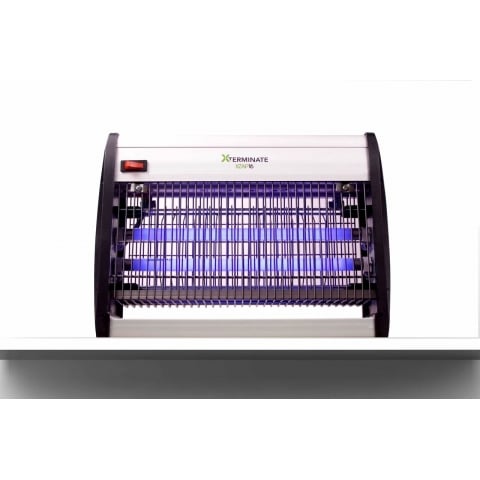 One final important detail you should be aware of is the lifespan of your UV bulbs. The UV elements inside the bulbs will degrade after around 12 months of use, meaning they won’t be able to attract flies properly anymore. Many people don’t even realise this happens as the bulbs will still give off visible light which happens to be a bluish-purple colour, but this is not UV light! Flies will still bumble into the fly killer on occasion, but it won’t attract them as it did before. Always ensure you change your fly killer’s bulbs every 12 months to keep it running at peak performance.
One final important detail you should be aware of is the lifespan of your UV bulbs. The UV elements inside the bulbs will degrade after around 12 months of use, meaning they won’t be able to attract flies properly anymore. Many people don’t even realise this happens as the bulbs will still give off visible light which happens to be a bluish-purple colour, but this is not UV light! Flies will still bumble into the fly killer on occasion, but it won’t attract them as it did before. Always ensure you change your fly killer’s bulbs every 12 months to keep it running at peak performance.
Fly Zappers vs Glueboard Fly Killers
Zappers are the most popular fly killer we stock. They use UV light to lure flies into an electrified killing grid, which gives the pests a fatal shock. They’re incredibly effective and affordable, so if you’re looking for a cost-effective pest control solution for your home, a zapper is ideal.
One thing to be aware of is that, as zappers kill the flies with an electric shock, they can sometimes cause tiny bits of the fly to spit out into the room. If you want to use your fly killer in a kitchen, either at home or in a restaurant or café, this obviously isn’t ideal! That’s why, if hygiene is your top concern, a glueboard fly killer is the best option for you. They trap flies on a sticky board, meaning the fly remains are all kept out of sight and aren’t blown out into the room. You will need to replace the glueboards in the unit when they’re full up with flies, so browse our range of glueboards to get the best-value prices online.
Door Screens and Fly Paper
Electric fly killers will take out flies when they enter, but they won’t stop the bugs from buzzing into your room in the first place. In the summer months, it’s not always practical to keep your doors and windows shut all day, especially if you work in a shop and you want to invite your customers inside. Door screens are a very simple but incredibly effective barrier that keeps flies out while still letting air and light into the room! They’re made of lightweight chain links which you hang over a doorway. These chain links are easy to brush past for us, but they’re far too heavy for flies to buzz through. Complement them with an electric fly killer and you’ll be effectively covered against any flying insects in your home.
Fly paper is another simple yet effective method of pest control – each roll of fly paper is coated with a sticky substance and a pheromone which attracts the flies. You can hang the paper from a light fixture or attach it to doorways or window frames to pick up any flies that might be missed by your other fly killers.
Cluster Flies
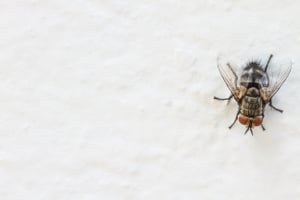 Cluster flies are small, flying insects that present an entirely different proposition to regular flies. This is because cluster flies aren’t attracted to filthy areas like regular house flies are. Instead, they’re known for infesting loft spaces in huge swarms, where they’ll hide out through the winter months.
Cluster flies are small, flying insects that present an entirely different proposition to regular flies. This is because cluster flies aren’t attracted to filthy areas like regular house flies are. Instead, they’re known for infesting loft spaces in huge swarms, where they’ll hide out through the winter months.
Through the summer, cluster flies don’t bother many people. This is their mating season, so they’ll swarm outside while the weather is warm. As the weather starts to get cooler in the autumn, though, cluster fly swarms will start to look for somewhere to shelter through the winter. This leads them to our homes – specifically our attics, which are often warm, quiet, and dark. While their unusual breeding habits mean they aren’t as unhygienic as regular flies, they will still leave behind a mass of droppings and a stale, sweet odour which can attract other pests, so they should still be dealt with quickly.
Signs of a Cluster Fly Infestation
Cluster flies largely keep to themselves once they find a way into loft spaces, so many people don’t even realise they have a problem until they go to bring their Christmas decorations down! They have been known to enter cavities in walls and spread into other areas of the home, but this is uncommon. Usually, this means the only way to identify a cluster fly problem is to head up into your attic and see for yourself.
Cluster flies also give off a strange sickly-sweet smell, which you might notice emanating from your loft space. Make sure to get up there and check it out if you suspect anything, especially if you know you’ve had an infestation in the past. It’s not clear why (although some experts believe it’s to do with a pheromone the swarms leave behind), but cluster fly swarms will often return to houses they’ve been in before, year after year.
How to Get Rid of Cluster Flies
Cluster flies can quickly overwhelm regular fly killers as there are simply so many of them in a swarm. Luckily, there are some dedicated cluster fly killers which are specially designed for the job.
Electric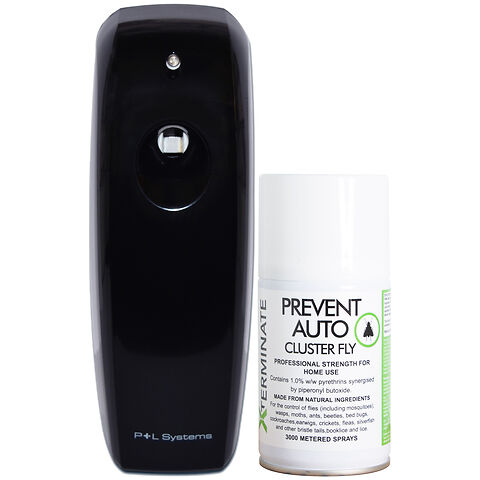 cluster fly killers are heavy-duty zappers that work in exactly the same way as a regular model, but they have a larger killing grid and an extra-deep tray to catch all the fly remains. You can leave one in your attic and let it do its work – all you’ll need to do is to empty the tray every so often.
cluster fly killers are heavy-duty zappers that work in exactly the same way as a regular model, but they have a larger killing grid and an extra-deep tray to catch all the fly remains. You can leave one in your attic and let it do its work – all you’ll need to do is to empty the tray every so often.
You can also use our special aerosol fly killer and automatic dispenser kit to steadily thin out the numbers of a cluster fly swarm. You can program the dispenser to spray every 5, 10, 15, or 20 minutes depending on the severity of the infestation. The Prevent Auto spray that comes included with your cluster fly kit disperses around every corner of your room, clearing out flies from every nook and cranny.
Am I At Risk of Cluster Flies?
Cluster flies are predominantly found in rural areas. This is because of the way they breed – they’re actually parasitic insects that lay their eggs inside live earthworms, so they tend to stick to wooded areas and fields. This isn’t to say you can’t find them in towns and cities, but it’s much less common. If you live in a rural area, you should check your loft space regularly through September and October, as this is when cluster flies start to move indoors.
Bed Bugs
 Bed bugs are an increasingly common problem across the UK. Around 16% of all pest control callouts are to deal with bed bugs, making them the second most common pest in the country. They’re tiny, bloodsucking insects with brown, flat bodies, and they can survive almost anywhere provided they have access to blood. Don’t be fooled by the name – while bed bugs do prefer to live in our beds as they like dark, soft places, they can easily survive in carpets, kitchens, wardrobes, and even in bus and train seats as well.
Bed bugs are an increasingly common problem across the UK. Around 16% of all pest control callouts are to deal with bed bugs, making them the second most common pest in the country. They’re tiny, bloodsucking insects with brown, flat bodies, and they can survive almost anywhere provided they have access to blood. Don’t be fooled by the name – while bed bugs do prefer to live in our beds as they like dark, soft places, they can easily survive in carpets, kitchens, wardrobes, and even in bus and train seats as well.
Unlike many other pests, bed bugs don’t carry disease and won’t physically harm you. Instead, the problems they cause are usually mental; stress, anxiety, and sleep problems are all common side-effects of a bed bug problem. This is because the infestations are notoriously difficult to get rid of, so it’s important you identify the warning signs as early as possible.
Signs of a Bed Bug Infestation
Bed bugs feed by biting you and sucking your blood. Usually, these bites cause an allergic reaction, leading to an itchy red rash on your skin. These bite marks can appear anywhere on your body and are usually in lines or patterns – but this isn’t always the case! Some people are immune to this reaction, so just because you don’t notice any bite marks, this doesn’t mean you’re safe.
You might also notice an uncomfortable ‘gritty’ feeling while you’re in bed. This is a result of the bugs leaving shells, droppings, and eggs in your bedsheets – it’s not a pleasant thought, but it is a dead giveaway for bed bugs! If you feel restless and itchy in bed, get up and inspect it closely. Go over your bedsheets, pillows, bed frame, and headboard with a torch and see if you can spot anything. While you’re doing this, you might also see tiny flecks of blood on your sheets. This might be distressing, but it’s a sign that a full bed bug has been squashed during (or just after) a feed.
How to Get Rid of Bed Bugs
 While they are incredibly tough, it’s possible to get rid of bed bugs without resorting to an expensive professional exterminator. Click our bed bug range above – everything you’ll find in there will do the job, but we highly recommend you don’t rely on just one treatment with one product. When it comes to wiping out bed bug infestations you only need to remember one word: re-treatment.
While they are incredibly tough, it’s possible to get rid of bed bugs without resorting to an expensive professional exterminator. Click our bed bug range above – everything you’ll find in there will do the job, but we highly recommend you don’t rely on just one treatment with one product. When it comes to wiping out bed bug infestations you only need to remember one word: re-treatment.
Bed bugs’ flat bodies allow them to scuttle deep into the tiniest crevices in your home. While a smoke bomb, for example, will likely kill the vast majority of bed bugs in a room, it only takes a single bug to escape under the floorboards to start the infestation off again. If you complement that smoke bomb with a dusting powder, however, and then re-treat the area again a few days later, the powder will mop up any bugs that the smoke bomb misses, and vice versa. Follow this up with a Biopren spray – which prevents them from laying eggs and stops any bugs that do hatch from reaching maturity – and you can clear out an infestation for a fraction of the cost of a professional pest controller.
Am I At Risk of Bed Bugs?
There is a stigma that the only people who get bed bugs are somehow unhygienic. The truth, however, is that they aren’t attracted to dirt at all, so you might still find them even if you’re in a penthouse apartment or a five-star hotel! What this means is that anyone can be at risk of bed bugs, so it’s wise to be vigilant at all times.
Some areas are more at risk than others, though. Heavily-populated areas like Central London and Birmingham are more at risk as it’s easier for the pests to spread on public transport and between clothes.
Rats
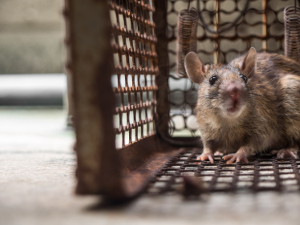 Accounting for 51% of pest control callouts on their own, rodents (usually rats) are by far the most common pest in the UK. Rats will normally shy away from human contact, but that doesn’t stop them from spreading bacteria and disease wherever they go. This is a big enough problem for homeowners, but for businesses, a rat infestation can be devastating.
Accounting for 51% of pest control callouts on their own, rodents (usually rats) are by far the most common pest in the UK. Rats will normally shy away from human contact, but that doesn’t stop them from spreading bacteria and disease wherever they go. This is a big enough problem for homeowners, but for businesses, a rat infestation can be devastating.
Rat infestations are very tough to deal with for several reasons. The first is that rats are incredibly intelligent and are naturally cautious animals. Their instincts are to avoid anything that might be unfamiliar to them, making trapping them difficult. The second reason is that rats breed at an alarming rate – just two of them can produce around 2000 descendants in a year! As a result, these rodents can quickly overwhelm you if you’re not prepared for them.
Signs of a Rat Infestation
Rats are most active through the night and, as we mentioned above, are very wary of human contact, so it might be hard to spot that you have a problem at first. A dead giveaway that you have a problem is the presence of chew marks and small holes around your building – especially near food cupboards. Rats have been known to chew through wood, brick, and even concrete to get where they need to be, so keep an eye out for the trail of destruction that they leave!
 Rat trails will also be marked by footprints, pellet-like droppings, and greasy stains along your walls. Be careful when investigating these things – you should always wear gloves when inspecting rat trails as their droppings contain bacteria and parasites. In some cases, you might be able to hear them scratching around inside your walls! This usually occurs at night, so listen out for scratching and squeaking noises if you suspect you have a rat problem.
Rat trails will also be marked by footprints, pellet-like droppings, and greasy stains along your walls. Be careful when investigating these things – you should always wear gloves when inspecting rat trails as their droppings contain bacteria and parasites. In some cases, you might be able to hear them scratching around inside your walls! This usually occurs at night, so listen out for scratching and squeaking noises if you suspect you have a rat problem.
How to Get Rid of Rats
Depending on the severity of the infestation, there are a variety of different options you can look at. Our range of rat control solutions includes humane rat traps, which catch the rodent in a box or cage without killing it. These are ideal for smaller infestations, or simply if you want to get rid of rats without harming them. We also stock a range of spring-loaded rat traps which deal with rat problems quickly and cleanly.
Our most popular rodent control products are our rat poison and rat bait stations, which are suitable for infestations of all sizes. Rat bait is usually in the form of poisoned grain or another food, meaning it looks naturally more familiar to the rats and is therefore much more likely to be eaten. Some rat poisons, such as Xterminate’s grain bait, has an added chocolate scent which rodents find irresistible. You should try and blend the rat bait in with its surroundings to increase its effectiveness – for example, if you know the rodents are going after your food cupboards, you should place the bait station in your cupboard alongside your food.
The amount of poison you’ll need depends on the size of the infestation. You can judge the size of a rat infestation by the number of droppings and chew marks left around your home, so try and use this as a guide when buying rat poison.
Am I At Risk of Rats?
Rats are a problem in every part of the country. However, there are a few things you can do to minimise the risk of you encountering them. Always remember that rats are scavengers that will never pass up an easy meal, so try and ensure any food waste is properly disposed of and your bins are kept a decent distance away from your home. This is especially true of businesses who are involved in preparing food.
Cockroaches
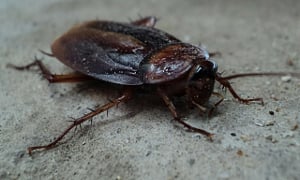 When something is difficult to get rid of, it’s compared to a cockroach. That reputation is well-earned, as these large, flat, beetle-like creatures can survive in even the most extreme conditions, making them one of the most troublesome pests in the UK. Unfortunately, they’re also a serious hygiene risk, too – cockroaches spread bacteria everywhere they go, but they also produce an allergen which can cause asthma attacks and other breathing difficulties.
When something is difficult to get rid of, it’s compared to a cockroach. That reputation is well-earned, as these large, flat, beetle-like creatures can survive in even the most extreme conditions, making them one of the most troublesome pests in the UK. Unfortunately, they’re also a serious hygiene risk, too – cockroaches spread bacteria everywhere they go, but they also produce an allergen which can cause asthma attacks and other breathing difficulties.
The cockroach is a miracle of evolution. They can eat almost anything. and can even survive for a week without a head thanks to its unique circulatory system. This means infestations are a nightmare to stamp out. However, with the right tools for the job, it’s more than possible.
Signs of a Cockroach Infestation
Cockroaches dislike attention, so you might not find the creatures themselves right away. Instead, you’ll need to look out for a few warning signs. The main thing to look out for is cockroach shells which are left behind when the bugs shed their skin. You should also look out for their droppings – these might be tiny, brownish pellets or brown smear marks depending on how much water the bugs have drunk.
If you notice an unpleasant, musty odour, this could point to a more severe infestation. This unique scent is particularly strong when a dead cockroach starts to decompose, and it can cling to carpets and even food in some cases.
How to Get Rid of Cockroaches
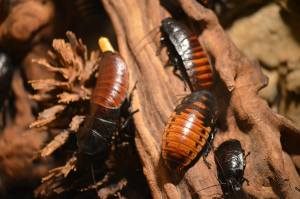 Cockroaches are equipped with a range of survival tools. They’re quite speedy, reaching a top speed of 3mph in some cases and have flat bodies so they can quickly scurry into cracks and crevices. They can also hold their breath for 40 minutes, so they can cope with many airborne pesticides quite easily. As a result, it’s best to use a combination of pest control products to ensure the roaches have nowhere to run and nowhere to hide.
Cockroaches are equipped with a range of survival tools. They’re quite speedy, reaching a top speed of 3mph in some cases and have flat bodies so they can quickly scurry into cracks and crevices. They can also hold their breath for 40 minutes, so they can cope with many airborne pesticides quite easily. As a result, it’s best to use a combination of pest control products to ensure the roaches have nowhere to run and nowhere to hide.
We advise, at a minimum, that you use an aerosol, a dusting powder, and a space spray when dealing with cockroaches. The aerosol treats the air in a room, while the powder and spray will treat your surfaces and any crevices that the bugs might sneak into. As with any pest of this kind, re-treatment is essential as it’ll mop up any bugs and eggs that the initial treatment might have missed.
One extra piece of advice; when cleaning up dead cockroaches, try not to step on them. Their bodies are full of foul-smelling chemicals, so squashing them can be quite unpleasant!
Am I At Risk of Cockroaches?
Cockroaches are generally found in areas with poor levels of hygiene. They’ll gather wherever there is a regular supply of food, which means kitchens, cupboards, and bin stores are especially at risk. Try and make sure you regularly clean up around your home and don’t leave any food waste exposed in the home. You can also check for cracks around your home, especially around skirting boards.
Other Pest Control Products
We stock a massive range of other pest control solutions in the categories above, including moth killers, flea treatments, bird spikes, and spider repellent. If you’re not sure what you’re looking for while you’re browsing, just get in touch – with over 15 years’ experience in pest control, we’ll be happy to help.


